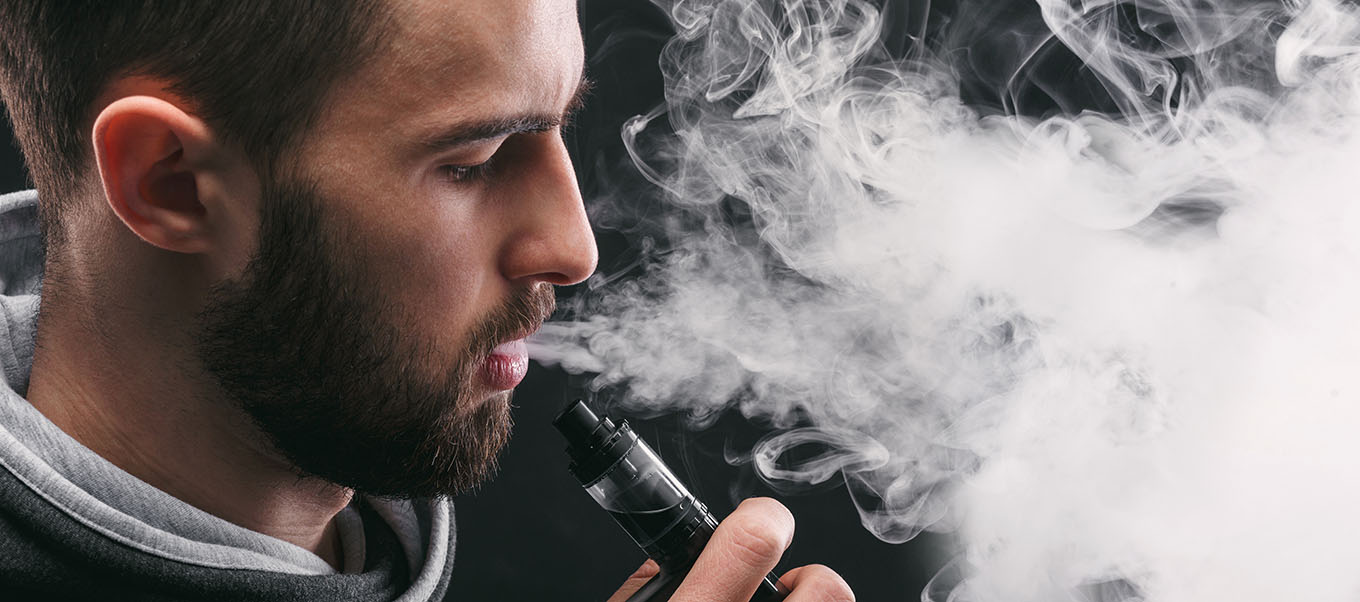In recent years, the world has Cake Disposables Vaps witnessed a significant cultural shift in the way people consume nicotine and enjoy smoking-like experiences. This shift has come in the form of vaping, a trend that has rapidly gained traction, especially among the younger generation. Vaping, short for vaporizing, involves the use of electronic devices to heat and aerosolize a liquid mixture containing nicotine, flavorings, and other chemicals. The resulting vapor is then inhaled, mimicking the act of smoking traditional cigarettes.
One of the driving forces behind the popularity of vaping is its perceived reduced harm compared to traditional tobacco products. Advocates argue that vaping eliminates many of the harmful byproducts of combustion found in cigarettes, leading to potentially fewer health risks. Consequently, this has prompted many smokers to explore vaping as a means to quit or reduce their tobacco intake, with some notable success stories.
However, the rise of vaping has not been without controversy. The allure of appealing flavors, sleek devices, and discreet usage has raised concerns about its appeal to minors, sparking debates over appropriate regulations and restrictions. Health organizations have also expressed concerns about the long-term effects of inhaling the chemicals found in vaping liquids, especially given the limited research available.
The vaping industry itself has undergone rapid evolution, with a plethora of manufacturers, brands, and products flooding the market. This expansion has led to innovative designs, ranging from simple vape pens to intricate customizable devices. With the growth of this industry, discussions about product safety, quality control, and responsible marketing have become paramount.

